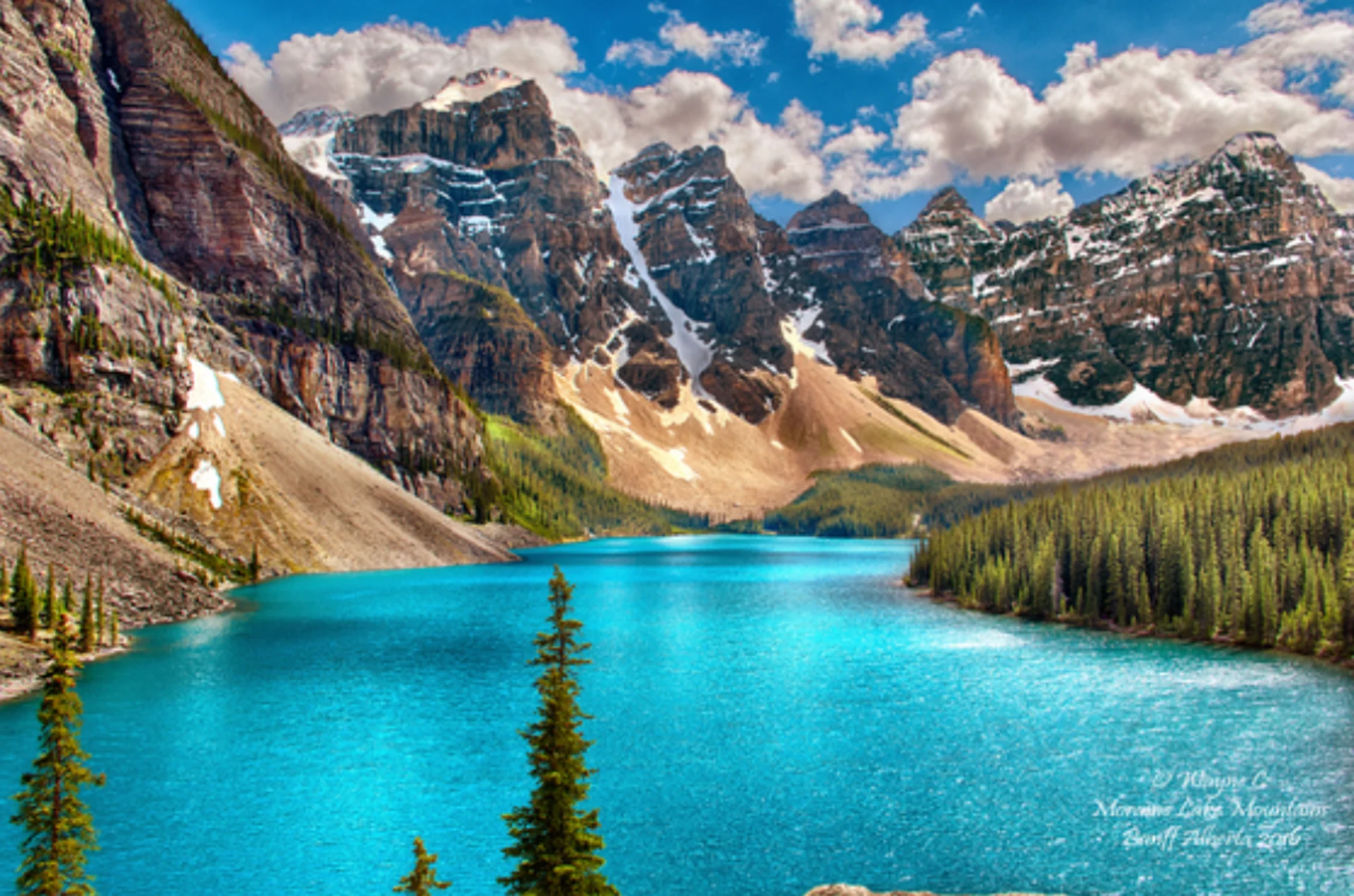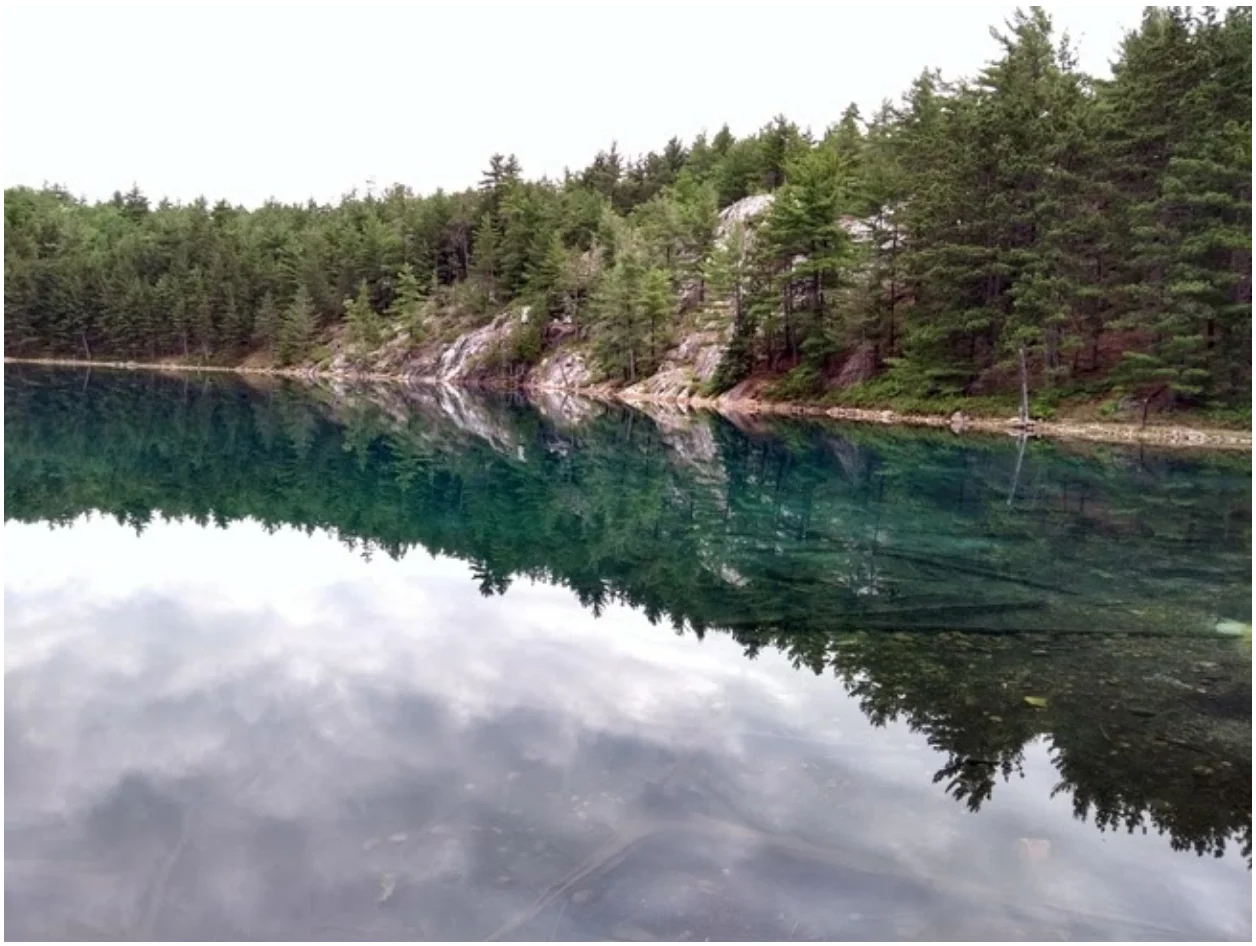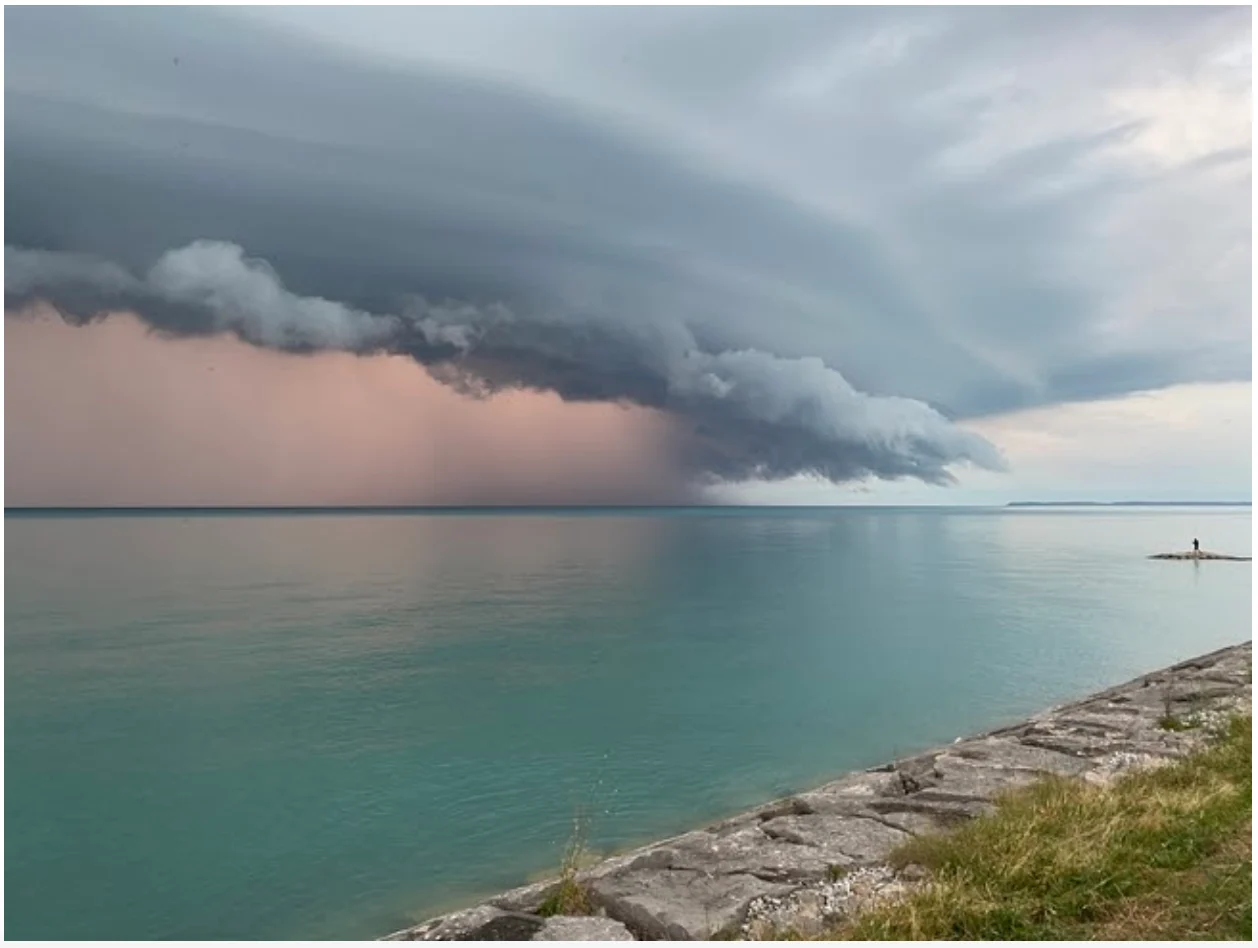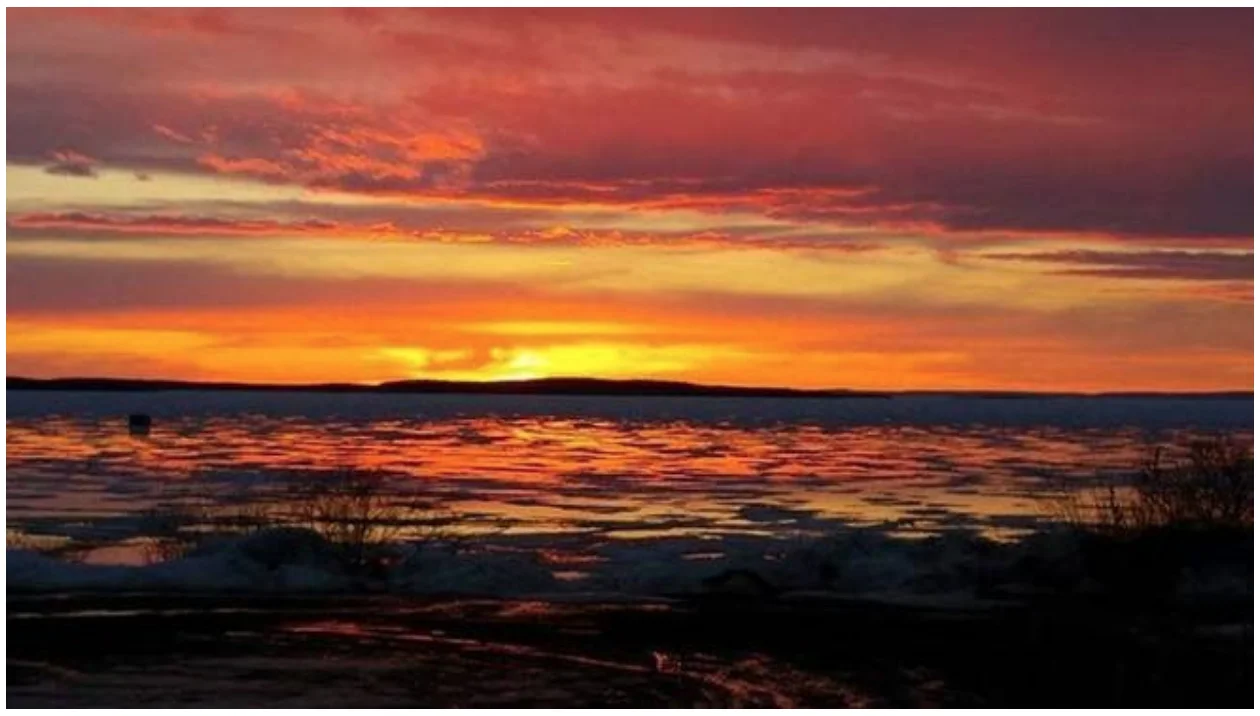
Celebrating World Water Day with Canada’s fresh lakes and rivers
Canada is home to an incredible landscape filled with multiple regions of fresh water! We are considered a freshwater-rich country.
World Water Day is March 22. And on this day, it’s important to think about how essential water is to your home, your health, the environment you live in, and the world as a whole.
This day has been recognized since 1993, and it’s been celebrated around the world. The movement has helped raise awareness for the world's freshwater crisis and for 2.2 billion people who live daily without access to fresh water.
As Canadians, we are so fortunate to have the highly recognized Great Lakes. And it doesn't stop there; Canada has been known to have the most lakes out of any country in the world! Our freshwater is a true treasure and something that we need to cherish, conserve, and celebrate.
On this World Water Day, let’s acknowledge some of the most stunning freshwater scenes our viewers have sent us from across Canada.
1. Shigaug Lake, Killarney Provincial Park, Ontario

Courtesy: Debbie Oosting
The perfect stillness of the water creates a painting-like essence. These scenes are common across Ontario's 250,000 lakes. It's a precious province holding about one-fifth of the world's fresh water.
The photo featured above was taken inside Killarney Provincial Park, located on the top side of Georgian Bay.
2. Moraine Lake, Banff, Alberta

Courtesy: Lauren
It’s hard to take a bad photo of the glowing blue waters of Moraine Lake in Banff, Alta. The stunning colour has to do with the fact that this water is fed by glacial melt. The sediment called “rock flour” stays suspended in the water. Sunlight then reflects off these particles and creates this beautiful hue of blue.
3. South Saskatchewan River, Outlook, Saskatchewan

Courtesy: Marianne Vermette
The South Saskatchewan River is 1,392 kilometres long and is enjoyed by Canadians in Alberta and Saskatchewan. It's heavily utilized for pleasure and agriculture, which unfortunately is becoming problematic.
According to the World Wildlife Fund, this river is Canada’s most threatened, with hundreds of dams and 70 per cent of the flow being used for urban and agricultural purposes. Climate change will only intensify the decreasing water supply.
4. Brights Grove, Lake Huron, Ontario

Courtesy: Paul Callister
Lake Huron is one of five Great Lakes. It’s the second largest of the Great Lakes and the fifth largest freshwater lake in the world. Lake Huron has become an iconic spot for storm chasers as they watch thunderstorms develop and intensify over the open waters. As a shelf or wall cloud forms, it creates this extraterrestrial feel. It's always a real treat when these shots make it into The Weather Network’s newsroom.
5. Great Slave Lake, Lutselk’E, Northwest Territories

Courtesy: Wendy Holmes
Great Slave Lake is the deepest lake in North America. It’s deep enough to drown the CN Tower! Its maximum depth is more than 615 meters. More than half of the Northwest Territories population lives on the shores of this large lake. The access to fishing is year-round, whether it's by boat or through the ice.
How Can I Help Conserve Water?
Once you realize how beautiful and essential water is, conserving it will be a top priority. Using less water will help decrease your water bill and will greatly assist in the preservation of our water supply. Every little bit helps, and here is how you can start:
Skip the rinse: Having an effective way to clean and wash dishes will go a long way when thinking about water conservation. Companies like Finish have designed their products to thoroughly clean your dishes without having to pre-rinse them before you put them in the dishwasher. Skipping the pre-rinse can save households up to 75 litres/load.
Fix leaks fast: Spring is around the corner, and you likely are doing lots of home maintenance. This is a great time to check all toilets, pipes, and taps for leaks. Just one faucet dripping once per minute for a whole year will waste over 130 litres of water!
Harvest rainwater: This is easy and effective. Rain barrels are an easy way to save water. You can use this water in your garden and around your property instead of turning on the hose. It costs you virtually nothing, and it can help decrease runoff, which potentially leads to urban flooding.
Of course, this is just the start when it comes to conserving water. There are so many simple tricks, like using a watering can instead of a hose, shutting off the tap when brushing your teeth, and never using your toilet as a wastebasket.
On this World Water Day, consider adding some of these water-conserving practices into your routine. Every drop saved helps our world as a whole.
WATCH BELOW: Dishwasher or sink? Simple tips for conserving water
(Header image courtesy of Wayne C/submitted to The Weather Network. Moraine Lake, Banff, Alta. Date shot: Jun 21, 2015).
